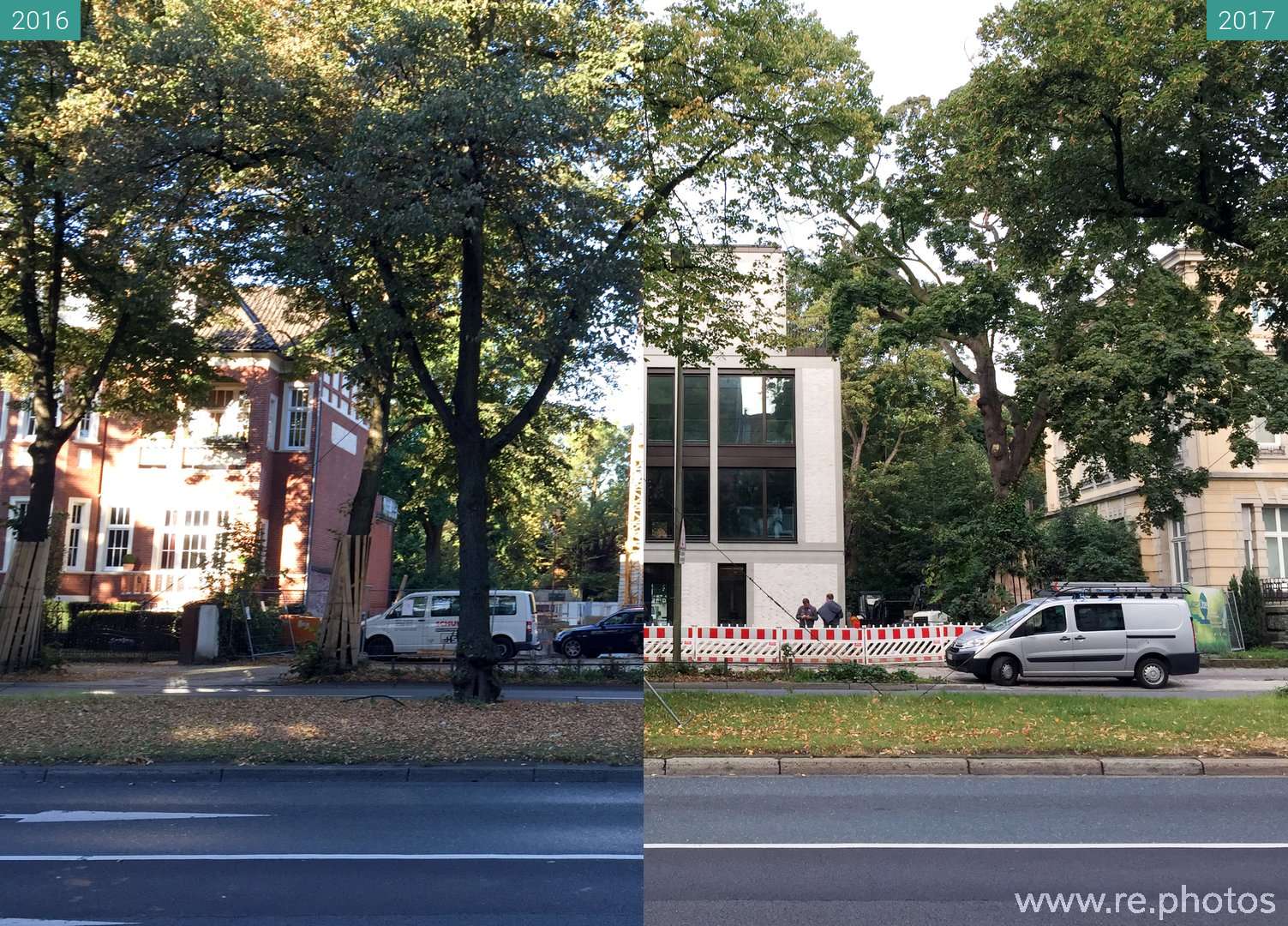


One of the biggest challenges will be finding an appropriate balance between protecting anonymity and enforcing consequences for the abusive behavior that has been allowed to characterize online discussions for far too long. Its creators were inspired by the optimism underlying Stuart Brand’s WELL in 1985, Tim Berners-Lee’s World Wide Web and Electronic Frontier Foundation co-founder John Perry Barlow’s 1996 “Declaration of Independence of Cyberspace.” They expected the internet to create a level playing field for information sharing and communal activity among individuals, businesses, other organizations and government actors. For its first few decades, this connected world was idealized as an unfettered civic forum: a space where disparate views, ideas and conversations could constructively converge. Modern life revolves around the network, with its status updates, news feeds, comment chains, political advocacy, omnipresent reviews, rankings and ratings. The internet supports a global ecosystem of social interaction.


 0 kommentar(er)
0 kommentar(er)
